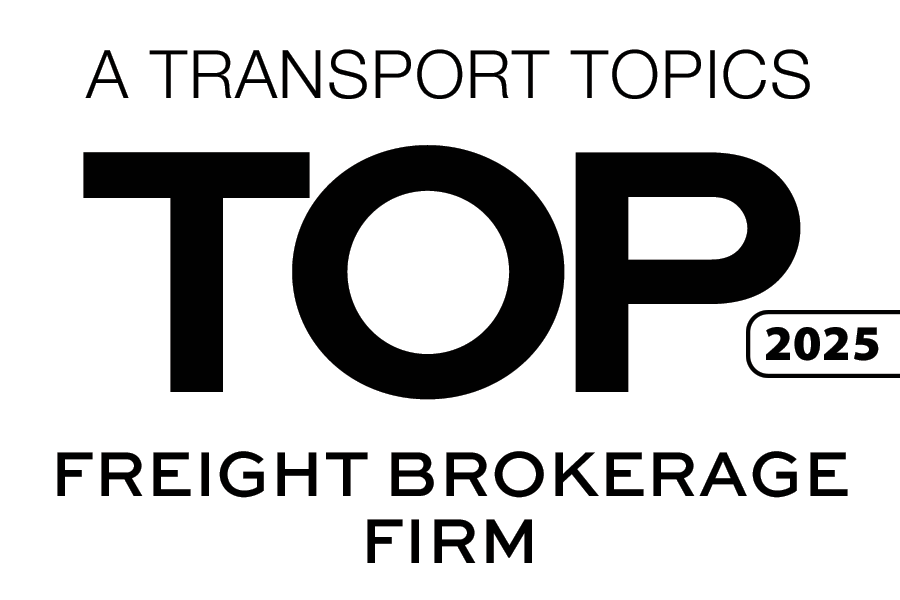Strategic or short-sighted shipping? The secret to long-term savings
August 30, 2023
 As a shipper, are you being strategic with your transportation model, or is your way of doing business short-sighted?
As a shipper, are you being strategic with your transportation model, or is your way of doing business short-sighted?
The Covid-era brought on conditions never before seen in the industry, including a massive capacity crunch. This led to unprecedented investment in an attempt to match demand. Now that the market has softened and the bills from these record-high investments are coming due, many operations are left without a plan.
Today, some shippers are seeking the lowest possible costs regardless of quality. Rather than building strategic partnerships, this short-sighted mindset prioritizes here-and-now savings over all else. “As a shipper, we have to be mindful that we do things for the customer,” says supply chain leader Wendy Workman. “A lot of times, we allow that relationship control how we execute things like transportation.”
In her experience, transportation is often a low priority compared to other considerations that go into running a business. While medium-sized companies struggle under this perception, Workman believes that most successful larger companies understand the importance of a strategic transport model.
“When you deliver something on behalf of a shipper, you are representing that shipper,” Worman says. “Relationships are really important.”
Maintaining strategic partnerships can unlock major savings in the long run. Discover more keys for success in the latest episode of the Stay In Your Lane Podcast.
Making the effort to establish strategic relationships will lead to better fiscal outcomes over a longer period of time versus chasing the lowest possible rate from moment to moment. During the disruptive pandemic era, Workman stuck with her proven partners in spite of higher rates.
“I view transport as a strategic partner. Yes, I did see some pricing go up. But as soon as they were able to bring it down, the pricing came down,” she explains.
A partner relationship that is built on trust and understanding can survive through fluctuations in the economy. Stick with a partner through today’s higher prices, and they will still be there when a better rate becomes available. If you push an established partner aside for a lower rate from a competitor, there’s no guarantee that the competitor will be around when times get hard.
“People that aren’t established in this industry don’t understand the drivers that cause costs to go up,” says Workman. “From a strategic standpoint, you have to look to those drivers and manage them as the relationship goes along so that whenever there’s a pandemic, or flooding, or a hurricane, you’ve got a partner to navigate those problems.”
Even for established companies with a strategic mindset, competing priorities can get in the way of establishing transport partnerships. Companies that are led with a finance-first mentality are less likely to compromise with partners compared to those that place operations at the forefront. Neither style is necessarily wrong, but those who are motivated purely by fiscal considerations might fall into the trap of a shortsighted transport model.
“If you’re from more of an operations background, you realize that there are intangible costs for not delivering on time,” Workman explains. “You have to have a broader perspective other than just the budget or the price.”
Transport shortfalls lead to a host of problems that quickly negate the benefits of a better one-time rate. The cost associated with customer service following a missed shipment can contribute to increased overhead, just to name one example. These intangible factors cannot be budgeted for, and demonstrate the drawbacks of a business model that is too rigid when it comes to fiscal policy.
A company may try to save money through competitive bidding. What the strategic strategy suggests is that real, lasting savings come from building a strong network. Establishing partnerships means there is give and take through everyday market fluctuations. This approach also ensures that you have someone in your corner when emergency strikes. Still, getting leadership to understand the importance of these relationships can be difficult.
“You need a strong person in transportation that has the vernacular and can communicate it in a way that they can understand,” Workman says of selling management on strategic approach to transport. “It’s not only about leadership skills, but communication skills.”
Volatility in today’s market is contributing to unsustainable freight rates. For shippers, forecasting costs is more difficult than ever. “That’s where you have to rely on your relationship with your carrier or your broker to be that representative for you,” says Workman.
Is your business suffering under a short-sighted transport model? Partner with the proven leaders in 3PL management. Choose Triple T Transport for your freight brokerage needs and discover all the benefits that a strategic partnership can provide for your business. Contact us today to learn more.














